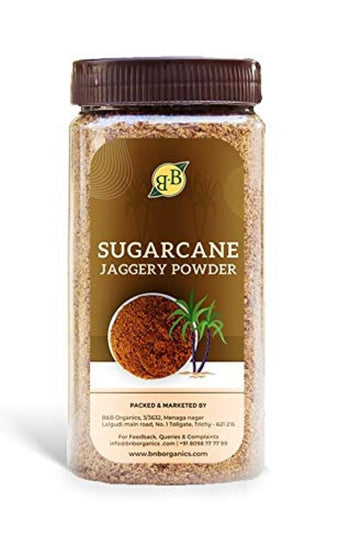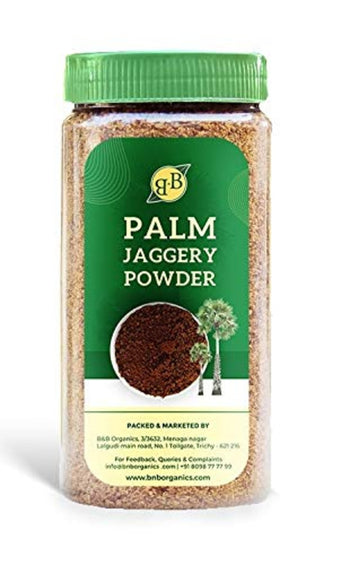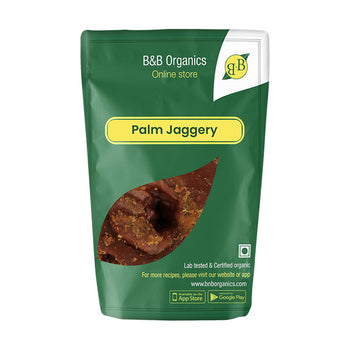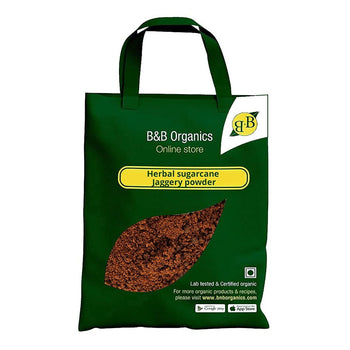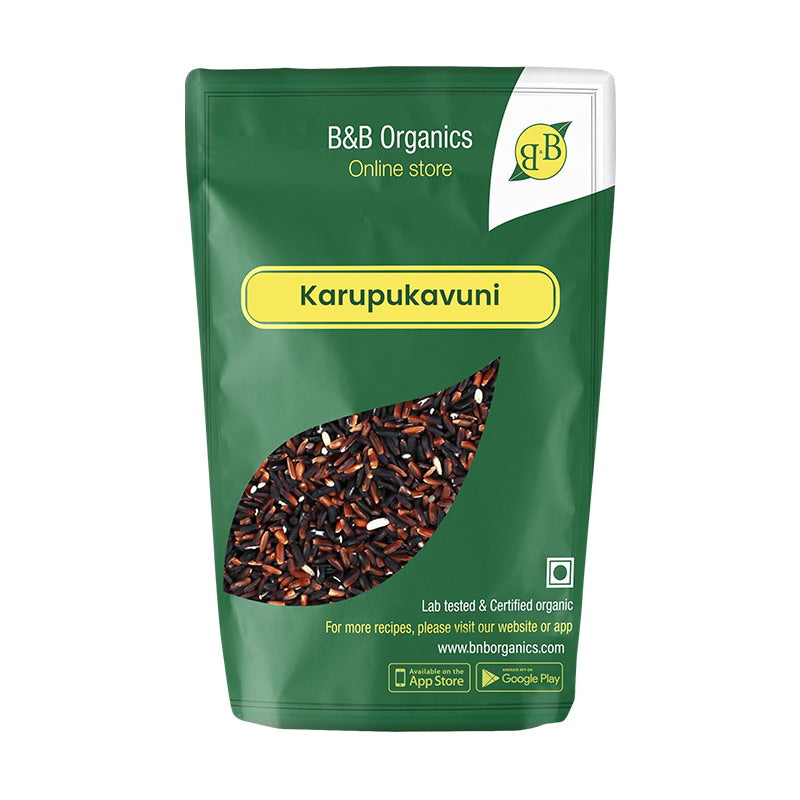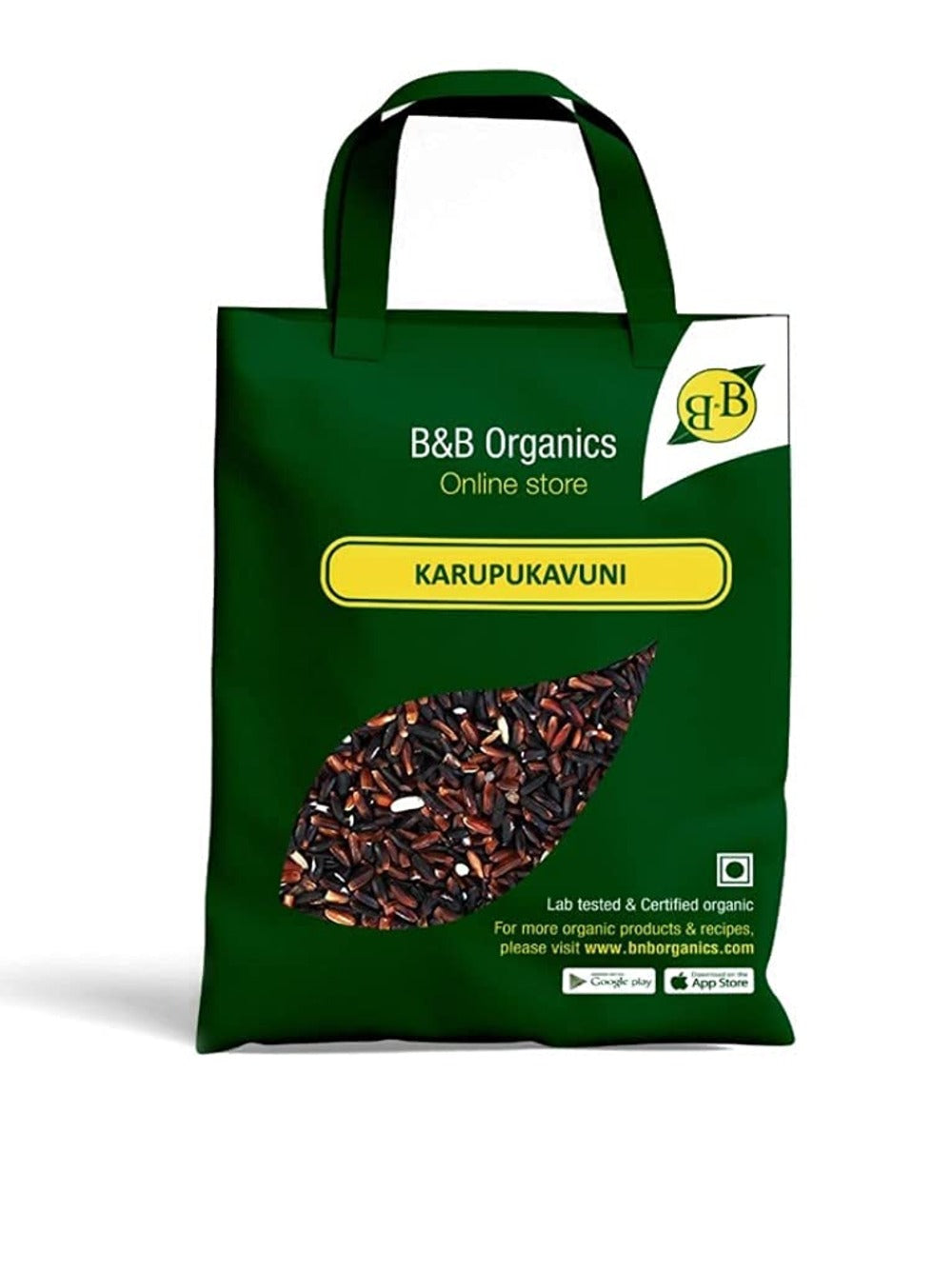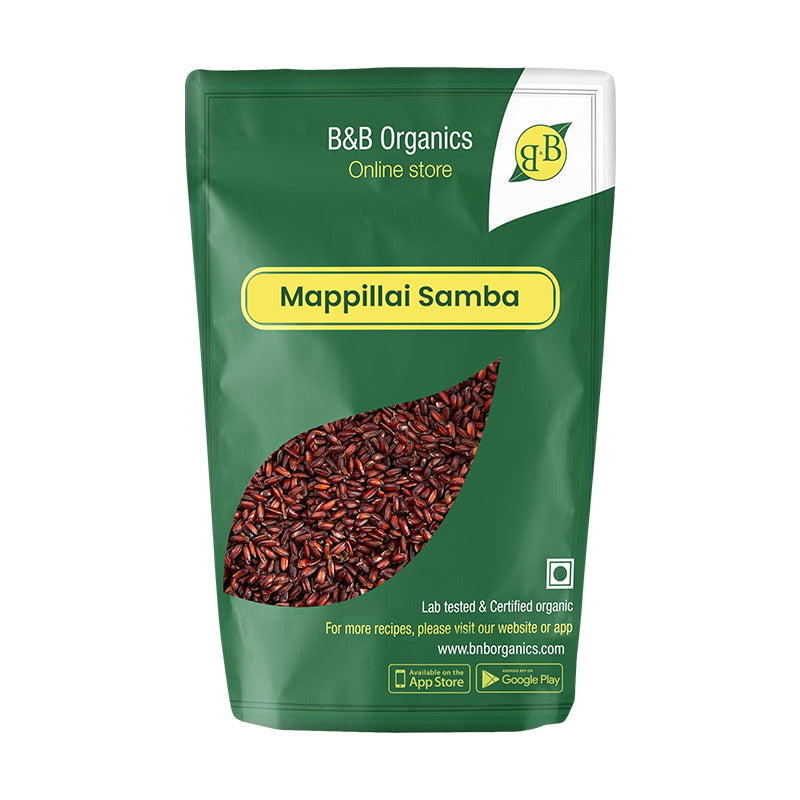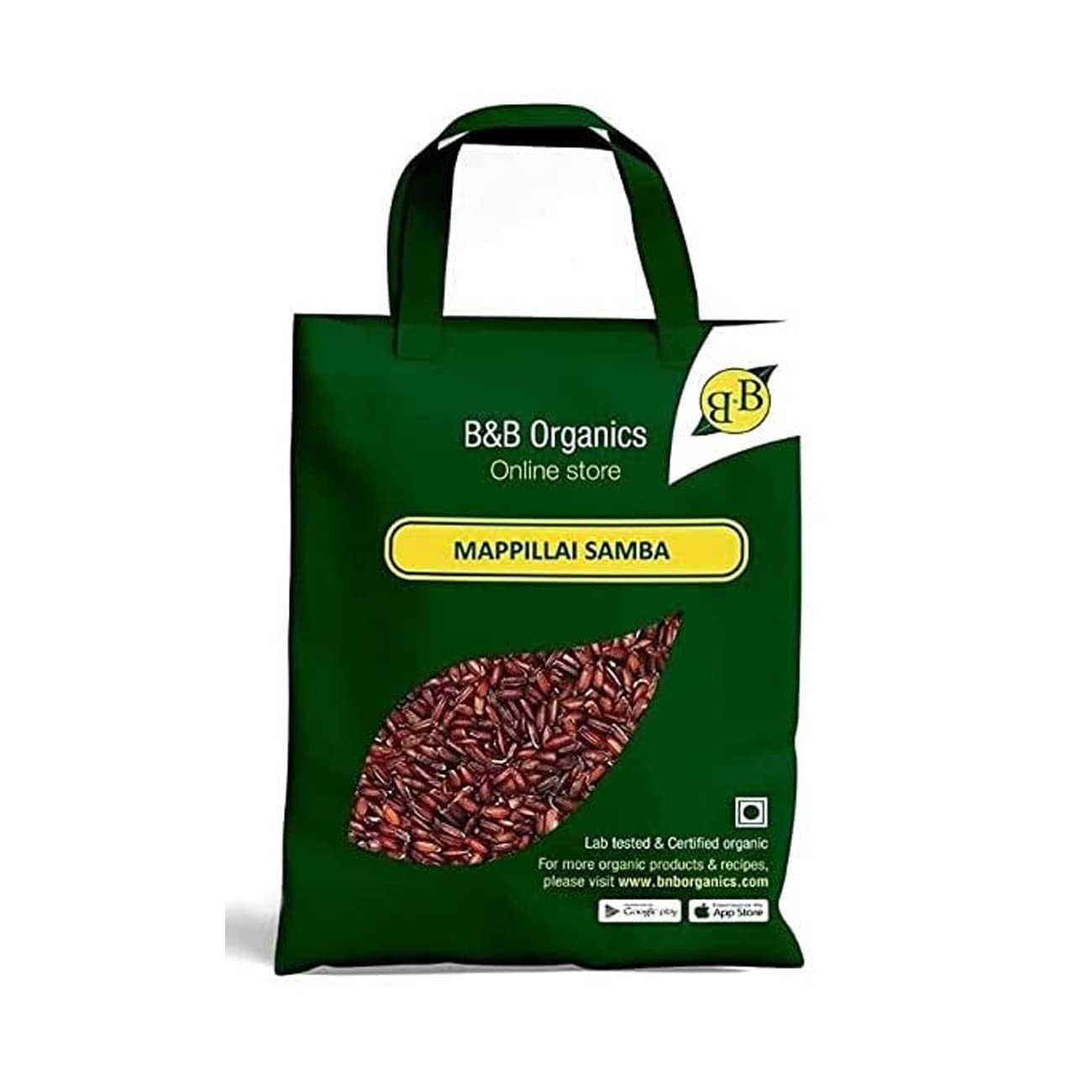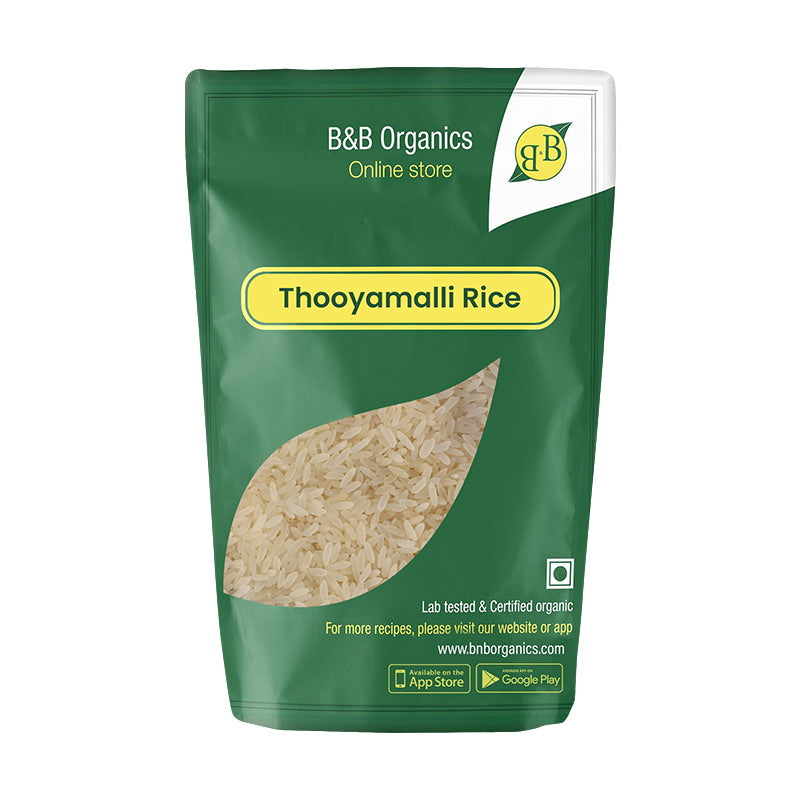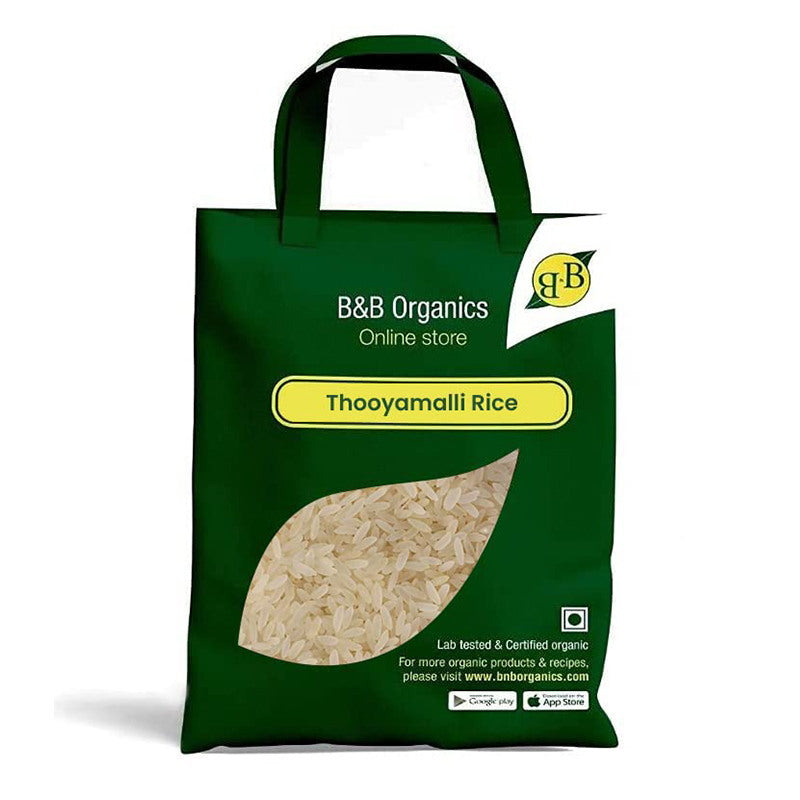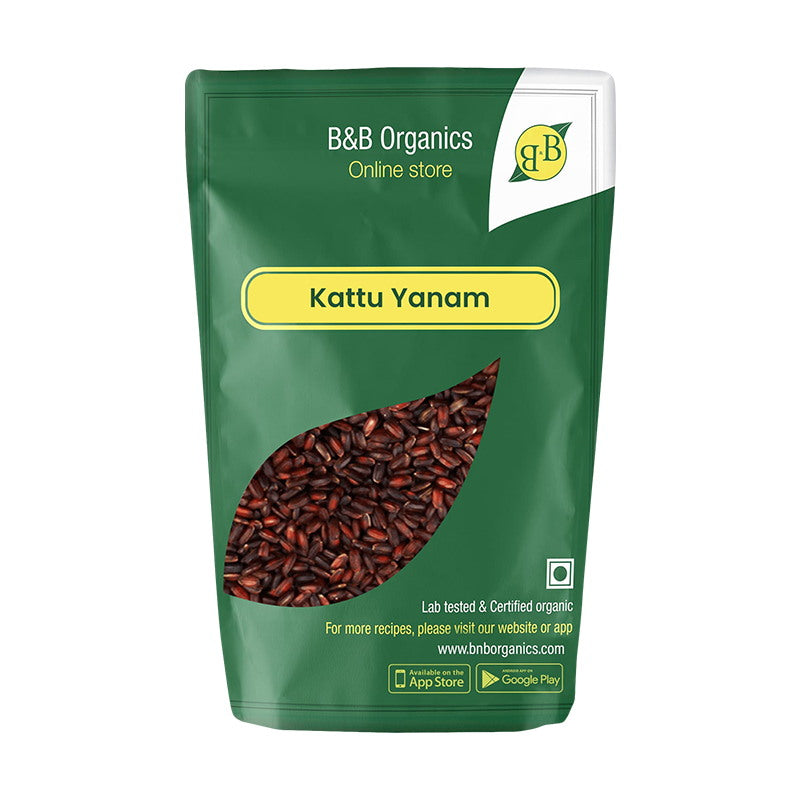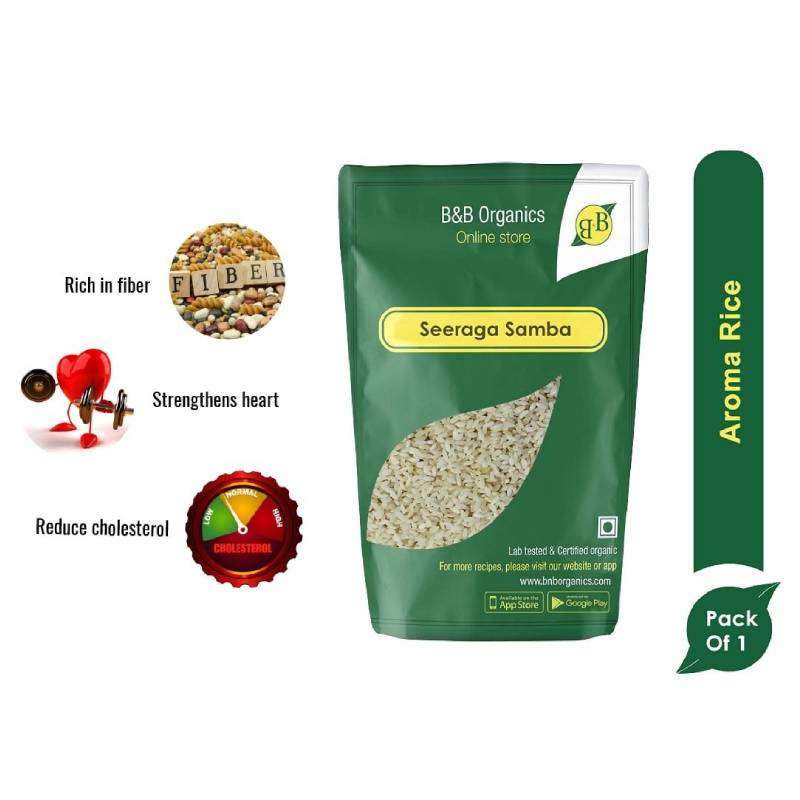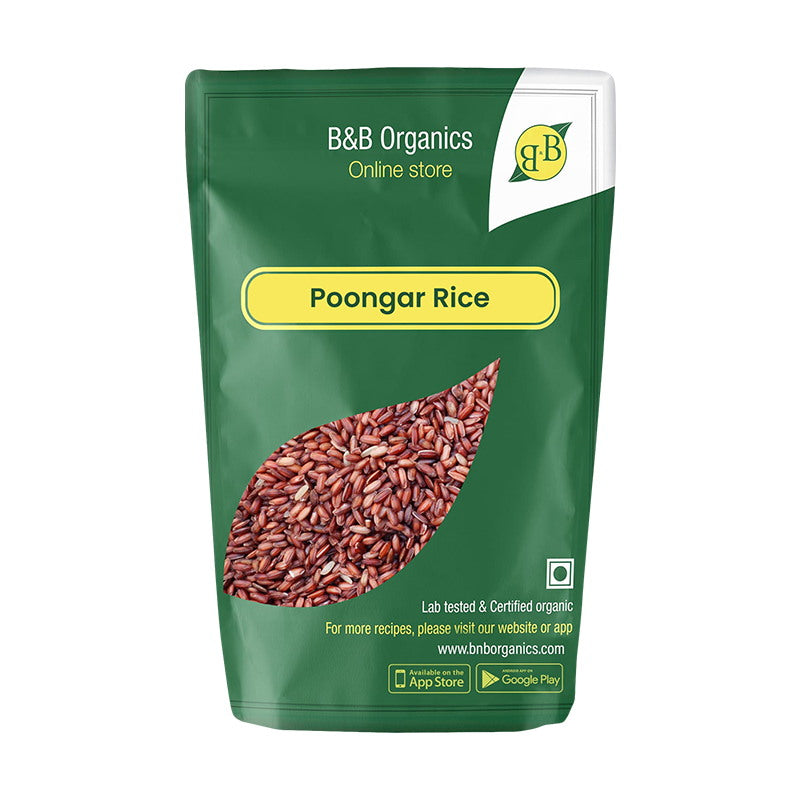Sugarcane jaggery, also known as gur, is a natural sweetener derived from sugarcane juice. It is widely used in various cuisines and traditional sweets across different parts of the world, especially in India, where it holds a special place in culinary traditions.

The process of making sugarcane jaggery begins with extracting the juice from sugarcane stalks. The stalks are crushed to release the sweet juice, which is then collected in large containers. The juice is then filtered to remove any impurities and transferred to a large, shallow, open-bottomed pan called a "cauldron" or "thapla."
The cauldron is typically made of metal and is heated using firewood or other biomass fuel. The sugarcane juice is continuously stirred in the cauldron while it slowly simmers and evaporates. As the juice reduces, impurities rise to the surface and are skimmed off, ensuring a clean and pure final product.
The simmering process continues until the juice thickens and reaches a viscous consistency. At this point, the juice starts to crystallize, and the temperature is carefully monitored to prevent burning. The concentrated syrup is then poured into molds or shaped into blocks while it is still hot and pliable.
After cooling and solidifying, the resulting product is sugarcane jaggery. It has a rich, caramel-like flavor with earthy undertones and a natural sweetness that is distinct from refined sugar. The color of jaggery can range from golden brown to dark brown, depending on the extent of the simmering process.
The traditional method of making sugarcane jaggery involves no chemical

additives or preservatives, making it a wholesome and natural sweetener. Its production process retains more of the nutrients present in sugarcane juice compared to refined sugar, as it undergoes minimal processing and retains some of the minerals and vitamins found in the original sugarcane.
Sugarcane jaggery is not only appreciated for its taste but also for its potential health benefits. It is considered a healthier alternative to refined sugar due to its relatively lower glycemic index, which means it has a slower impact on blood sugar levels. Additionally, it contains small amounts of iron, calcium, and other minerals, along with antioxidants that may have beneficial effects on health.
In culinary applications, sugarcane jaggery is widely used in desserts, confectioneries, and sweet preparations. It adds a unique flavor profile and natural sweetness to dishes, enhancing their taste and aroma. It is also used as a sweetener in beverages like tea and coffee.
Sugarcane jaggery holds cultural significance in many regions, where it is used in religious rituals and traditional festivities. It has been a part of culinary traditions for generations and continues to be cherished as a natural and wholesome sweetener.
Overall, sugarcane jaggery is a natural and unrefined sweetener made from sugarcane juice. Its production process retains the flavors and nutrients of the sugarcane, making it a popular choice for those seeking an alternative to refined sugar. With its rich flavor and cultural significance, sugarcane jaggery continues to be a beloved ingredient in various cuisines worldwide.



